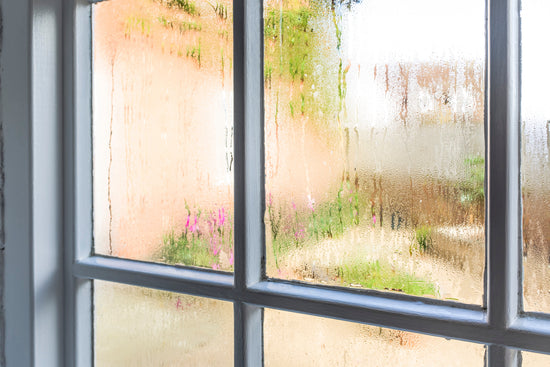When most people think about the causes of home damage, hail typically doesn’t rank very high on their list.
However, according to a report from Verisk, in 2019, more than 7.1 million U.S. properties were damaged by hail, resulting in losses of more than $13 billion!
Whether you live in Arizona, Florida, or one of the “hail alley” states like Texas, Colorado, and Minnesota, it’s important to be prepared in the event of a hailstorm.
Below, we highlight several steps you can take to safeguard your roof, home, and property against hail and lower the risk of damage and repairs.
#1: Maintain Your Roof
Your roof is your home’s first line of defense against the damaging effects of hail – unfortunately, many homeowners overlook the importance of keeping a well-maintained roof.
Just like your car or your furnace, your roof needs regular checking and “preventative” maintenance to keep it in the best possible shape (and avoid costly repairs).
The fact is that even minor problems like a broken shingle can make your roof much more vulnerable in a hailstorm.

Some roof maintenance can easily be done at home, like clearing your eavestroughs of debris to minimize ice dams or water damage.
But if it’s been a while since your roof’s last inspection, it’s probably a good idea to hire a roofing professional to help you weed out any potential problems.
The roof inspector will begin by checking for broken shingles, cracked caulk, and other visible signs of damage and debris. They’ll also keep an eye out for structural deformations and standing water – both of which can cause long-term damage.
The roof inspector will also likely check the roof’s interior for mold, rot, water stains, and other signs that water is making its way into your house.
If you choose to do the inspection yourself, the most important issues you should look for are shingles that are missing or curling up, cracked seals, chimney cap damage, growth of moss, or any leaves that are stuck in the roof valleys.
Remember: One of the biggest risk factors for hail damage is existing roof damage, so don’t skip this step.
#2: Trim Trees Regularly
Trees are a great addition to any property, but during a hailstorm, they can also be a major hazard!
High winds and ice can easily break the limbs off trees, and falling branches can damage your roof, break windows, and even crush cars.
That being said, you can avoid all of this by proactively trimming your trees and removing any branches that might fall on your home before the storm hits.

Like with your roof, we recommend hiring a professional to conduct a tree risk assessment on your property – it’s a lot safer than doing it yourself.
During the inspection the assessor will analyze all of the trees on your property and identify the potential risk level of each.
You’ll then receive a report that describes the condition of your trees, along with recommendations on which trees need to be pruned or removed.
#3: Secure Your Windows
If you live in a region that’s prone to hailstorms, it’s a good idea to install permanent storm shutters on your windows, skylights, and even sliding glass doors.
That way, if a hailstorm suddenly moves in, you’ll have peace of mind knowing your home is well-protected (and safe from thousands of dollars in repair costs).

However, you can also go the route of purchasing temporary shutters that can be stored away when they aren’t in use.
Temporary shutters aren’t quite as durable as permanent ones, but they still offer good storm protection without the need for professional installation.

Inside your home, remember to close all blinds, shades, and curtains, as all of these coverings can help protect against broken glass getting into your home. This can make all the difference when a powerful storm blows through!
#4: Store Patio Furniture
Another common casualty of hailstorms is patio furniture and other outdoor accessories.
Hailstones have been known to dent metal, break plastic, and shatter glass, so if it looks like it might hail, it’s a good idea to bring in any loose items indoors or at least cover them before the hail starts.

Speaking of coverings, decorative landscaping (such as planters and sculptures) are easy targets for hail, so you may want to buy a few canopies or hail tarps to protect your plants, trees, shrubs, and more.

Like with your patio furniture, you should also bring any potted plants or hanging baskets inside or under cover near your home before the storm hits.
#5: Move Your Vehicle into the Garage
Your home and garden aren’t the only things that are susceptible to hail damage – you also need to have a plan for your car!
If you have access to covered parking, simply move your vehicle into a garage and you should be completely safe from any cracks or holes in your windshields, along with dents in the car itself.
If you don’t have covered parking, it’s a good idea to invest in a hail protector cover to avoid costly repairs.

If you’re in a pinch, you can also use blankets (the thicker the better) to cover your car, however you may need rope or duct tape to keep it from flying off.
Hailstorms can be scary and damaging to our homes and vehicles, but by taking the right precautions, you can absolutely minimize the impact of these storms.
Hopefully these tips give you some guidance on how to prevent hail damage. Thanks for reading!





